Murujuga: The Old Stone Craft of Australia’s Boodjar Country of the Burrup Landmass

The Murujuga or formerly known as the Burrup Promontory is an impressive social and archeological site located in Western Australia. This region stakes a portion of the biggest rundown of stone carvings in the world, which is said to be more than 40,000 years. The petroglyphs in the rock here have provided responses to a tremendous range of the social, religious, and creative expressions of the Native people of Australia. Murujuga is not just an empirically authenticated area, but an actual live account of the Native people’s continual relationship with their land. Due to the social significance and exceptional organic area, it has gotten the consideration of archeologists, history specialists, and tree huggers the same.
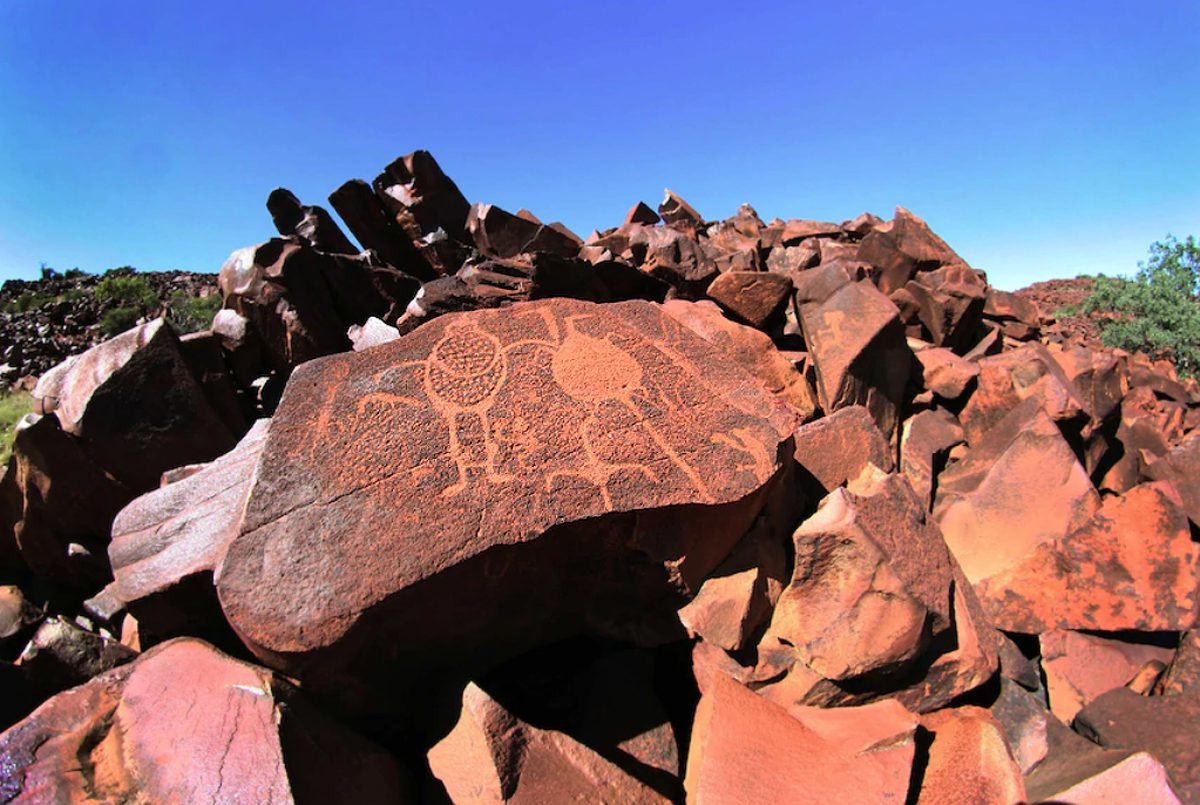
In this blog, we will analyse the interesting tale of Murujuga, discussing its history, the investigation and study of petroglyphs, various attempts to excavate and the ongoing struggle to preserve this rather important site.
History
Murujuga has been an important social landscape for the Native people groups of Australia aboriginals, especially the Ngarluma, Yindjibarndi, Yaburara, Mardudhunera and Wong-Goo-Tt-Oo clans. It appears these social occasions have existed for quite a long while, and these meetings have secluded in the land and cherished delicately, making rock craftsmanship that disclose to their otherworldly quality, existence, and their spirituality with their current reality. The images carved in the rock surface in the space include a variety of images that areicons, human figures and animals, extract shapes that depict stories of events that have taken place ages back.
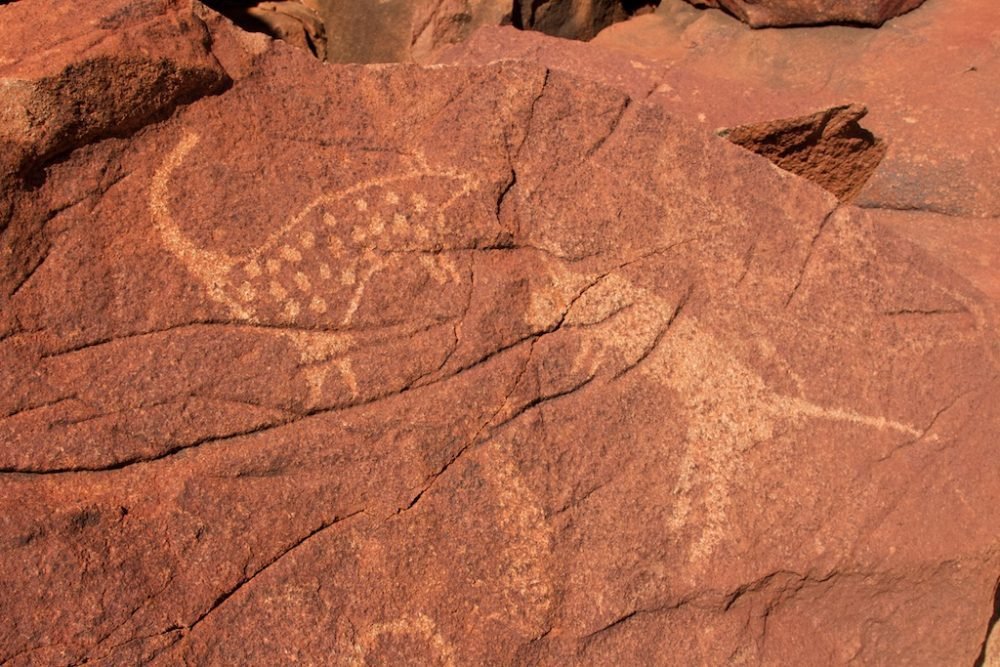
Indeed the name “Murujuga” when translated from the Native language conveys the meaning of “hip bone standing out” –a perfect reference to the geological condition of the Burrup Landmass. Although Europeans arrived in Australia in the 1600s the actual significance of the petroglyphs of Murujuga was not understood until much later. Beginning in the nineteenth hundred years many a wayfarer and the early pilgrim maybe even got a vague feeling of the strange carvings on the stones but it was only in the twentieth century that several archeologists and students of history began to try and decipher the meaning behind them.
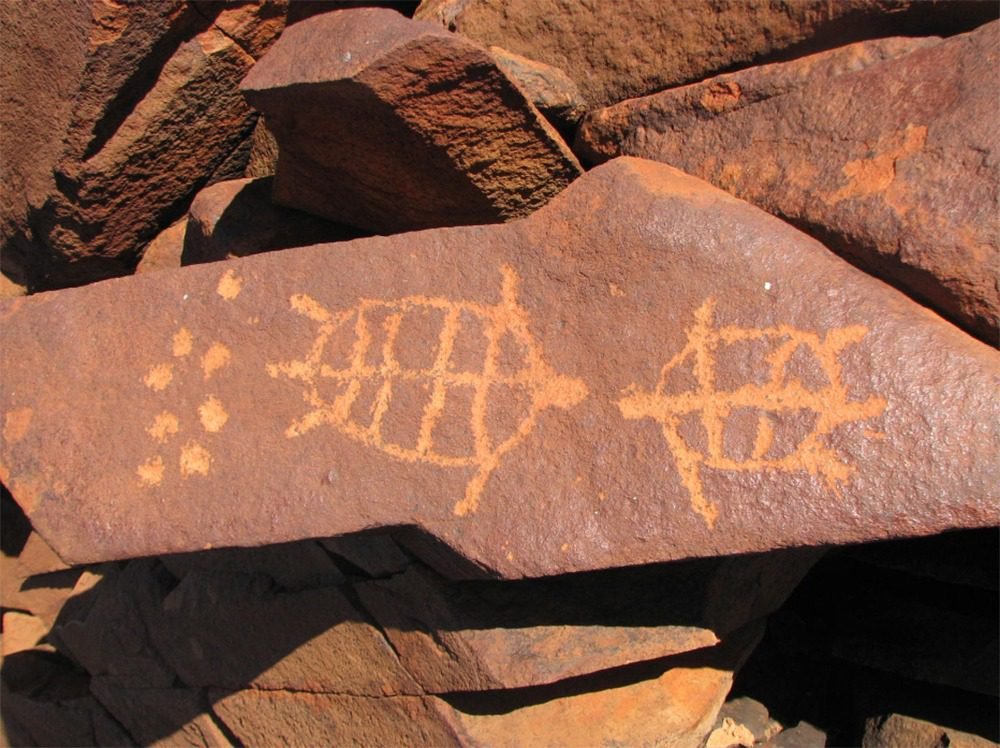
It is understood that the Stone Workmanship contains probably the most significant accumulation of petroglyphs in the entire world, with gauges judgment that there are more than a Million separate engravings. So numerous of these give life to creatures that as of now are perished or already no longer exist in that frame of mind, including the thylacine or the so-called Tasmanian tiger, which can provide valuable information regarding the region’s earlier environment as well as the changes that the area has gone through in the course of its evolution.
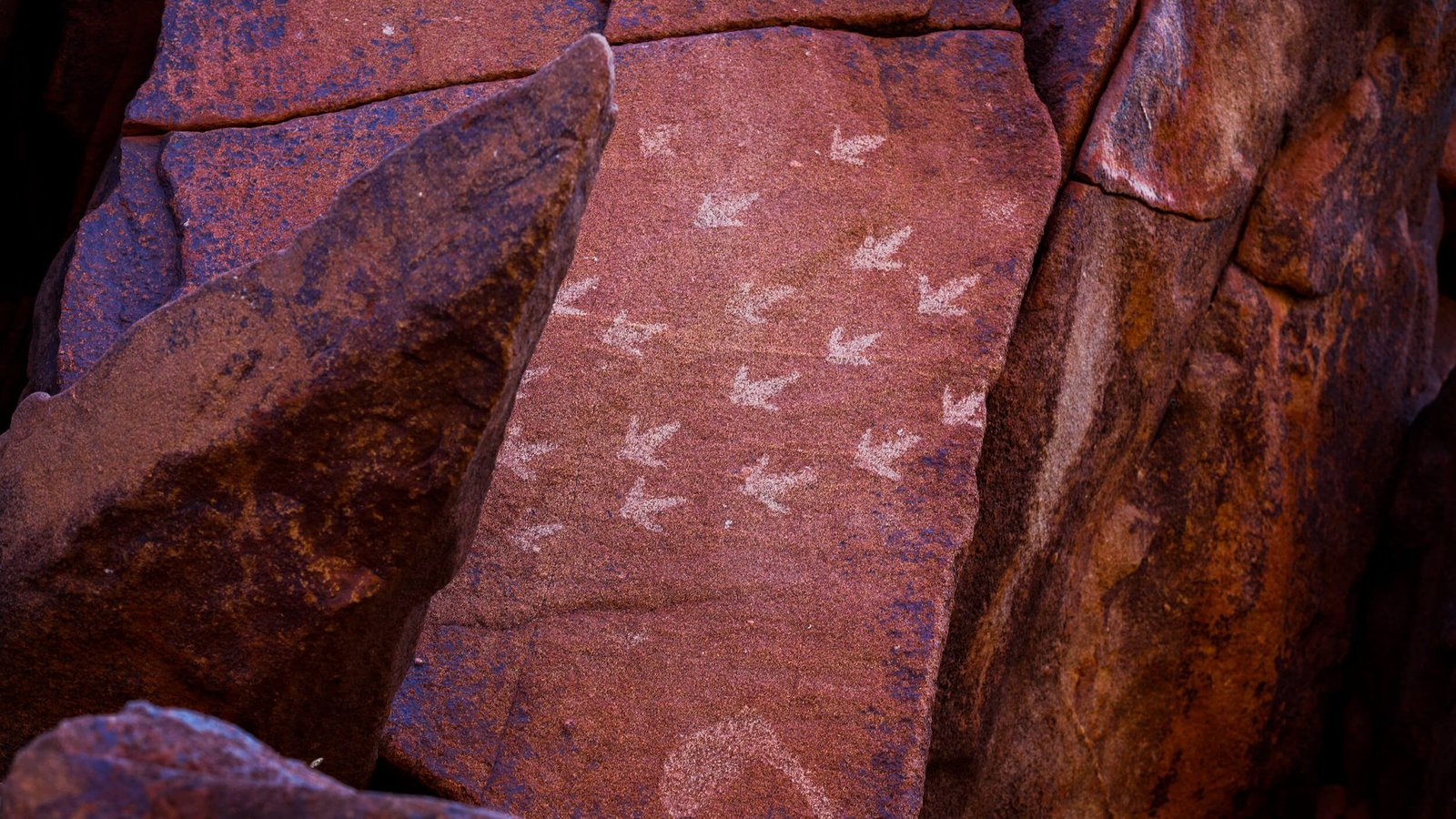
Journey
The process of transitioning from the small non-tourism value Maurujuga from the perspective of the Native overseers to the famous and potentially worldwide known cultural site has never been a short and easy one. In great detail, for a long time the Burrup Promontory remained unknown to the broad scope of the Australian public and it was not before the mid-twentieth century that systematic work could begin.
Who was one of the first to notice future potential of the Murujuga area and its enigmatic stone masonry? A man called Helge Larsen, a Danish paleontologist, in the 1960s. He was captivated by the mass and the diverseness of the carvings and dealt directly with community Native people to provide and understand the messages behind the art. Larsen’s work helped in bringing attention to the region but it wasn’t without it’s difficulties. Similar to the earlier turns of events, the modern turn of events in the Burrup Promontory continues to be clouded with plots to mine and gas projects that threatened the stability of the stone artistry.

From 1980s, plans to protect Murujuga obtained momentum since the traditionalists, Native groups, and archeologists united to demand more preservation of the site. The Murujuga Public Park was planned and existed in the year 2002, while giving a security to the region despite the longstanding discussions concerning its modern evolution and conservation.
Excavation
Removal work at Murujuga is limited in the main because of the essence of the stone artistry. Contrary to most other archeological sites where artifacts are buried beneath the ground, some of the artifacts of Murujuga are engraved on the rocks, and this means that traditional dig approaches are not often used.

Nonetheless, archeologists and specialists have used non-violent methods to focus on the petroglyphs employing modern tools like imaging and taking pic of the carvings without erasing them. This has reflected on the ID of examples and patterns in the workmanship, it has provided new information on the characteristic and beliefs of the Native nation who made it.
The task of excavating has been one of the chief activities accomplished at Murujuga employing cooperative process with the neighboring Native people group. Old people and information givers have volunteered closely with archaeologists to ensure that the stone carving is directed on what is socially sensitive. It has played a tremendous role in determining the specialised aspects of the carvings and their deeper, symbolic meanings
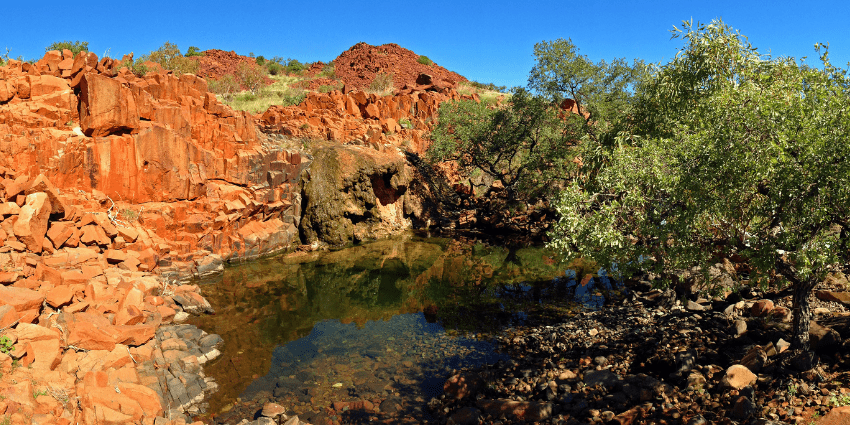
Conclusion
Murujuga stands as an epitomization of the going through social and deep affiliation of the Native people of Australia and their land. It is not just the rock carving, which in fact are not old paintings, but a civilization in its true sense has been alive for hundreds of thousands of years on the Burrup Promontory. Despite these challenges posed by modern turn of events and the need for preservation, efforts to protect and conserve Murujuga go on, spirited by the passion and dedication of Native people, archeologists and tree hugger as well.
The more we continue to search for more beyond the set of experiences and the meaning of Murujuga, it stands as a symbol of the signifacne of protecting our global heritage. It is about the Australian fortune but the global fortune to consider the stone craft of Murujuga as a unique storehouse of experiences into the prehistoric narratives of the evolution of human civilization. That way, we preserve places such as Murujuga, to make sure people in future will be able to benefit from and appreciate the intricate tapestry of human history – woven into the stone memories of this ancient landscape.


